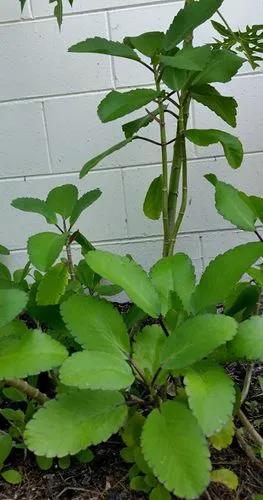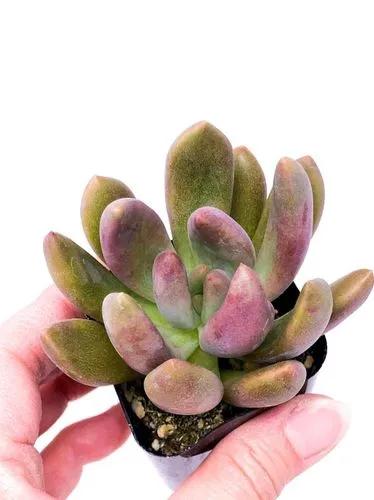This perennial succulent produces thick silvery-gray curved leaves that form a tight clustered rosette of foliage. This plant is particularly well adapted to growing in containers as a houseplant where plants receive natural sunlight in the morning. Provide a well drained soil that has a generous amount of sand content. Rot is a problem in heavy wet soils. Under ideal conditions plants can grow quite large but these larger sizes are not normally seen growing in containers. This is a good dry landscape plant in areas where freezes do not occur.
Kilimanjaro Plant Care
Senecio 'kilimanjaro'



How to Care for the Plant

Water

As succulents, these plants have excellent tolerance for drought. For most types, allow the roots to dry out completely between waterings. Soaking in water will cause the roots and plants to turn mushy.

Fertilizer

Since Senecio plants grow in sandy soil, the nutrients will need to be replenished. Fertilize annually, but lightly. Too much fertilizer can cause an abundance of leggy growth.

Sunlight

Senecio plants prefer full sun when grown in cooler climates as container plants, but in very hot desert climates, the plants prefer bright indirect light. When brought indoors for the winter, give the plants the brightest, sunniest location you can find.

Soil

Senecio succulent plants aren't particular about soil pH. Something in the neutral range (6.0–7.0) should be fine. More importantly, make sure the soil is well-drained and on the sandy side.

Temperature

Most Senecios thrive in USDA Hardiness Zones 9 to 12. As with the majority of succulents, they're heat tolerant. A few Senecio species can withstand brief periods of cold or dampness, but prolonged exposure to cold will turn them to mush.

Additional

All Senecio plants are toxic. Ingestion can cause fatal liver disease in animals when eaten in large quantities over a long period of time. Wear gloves when working with the plants; the sap can cause severe irritation. Be careful when planting Senecio species if you have children, pets, or livestock.
Discover more plants with the list below
Popular articles






